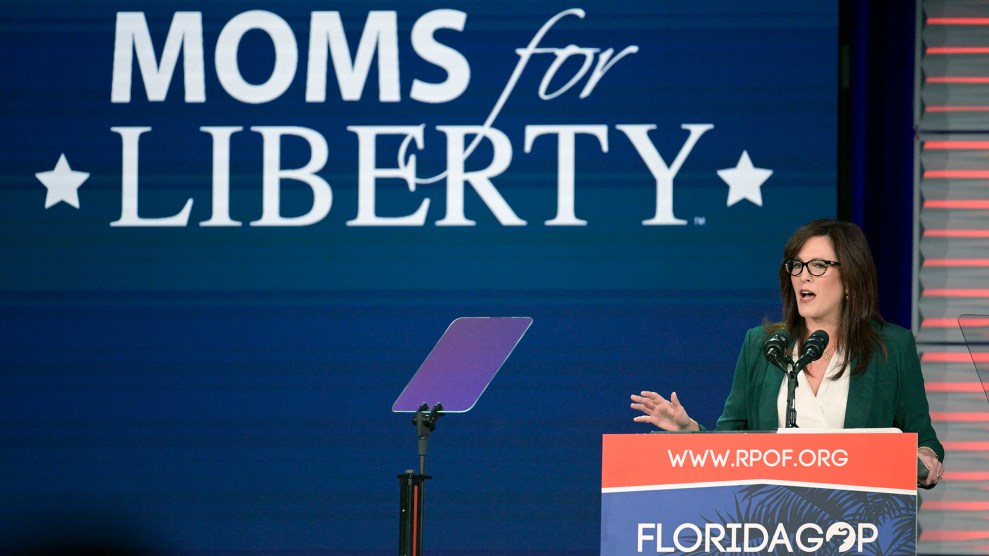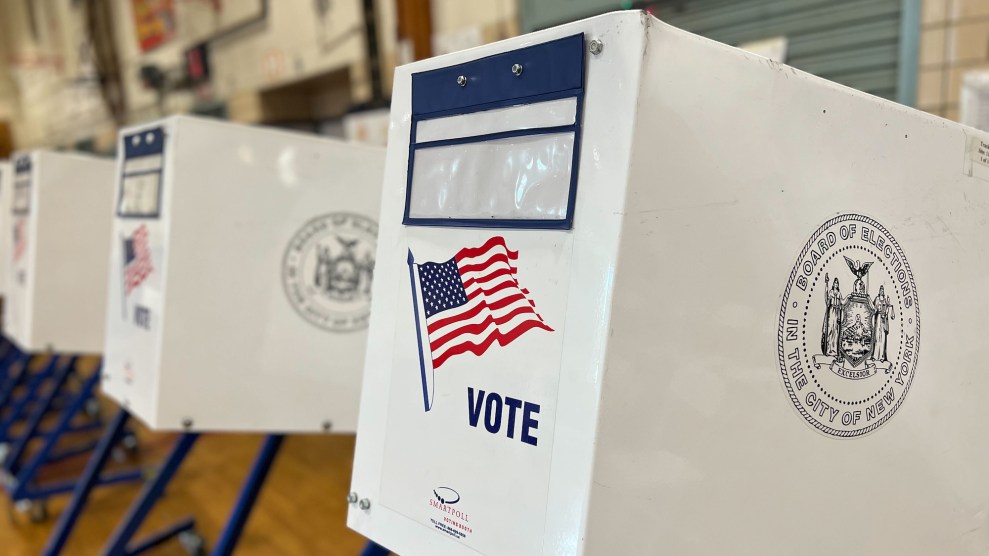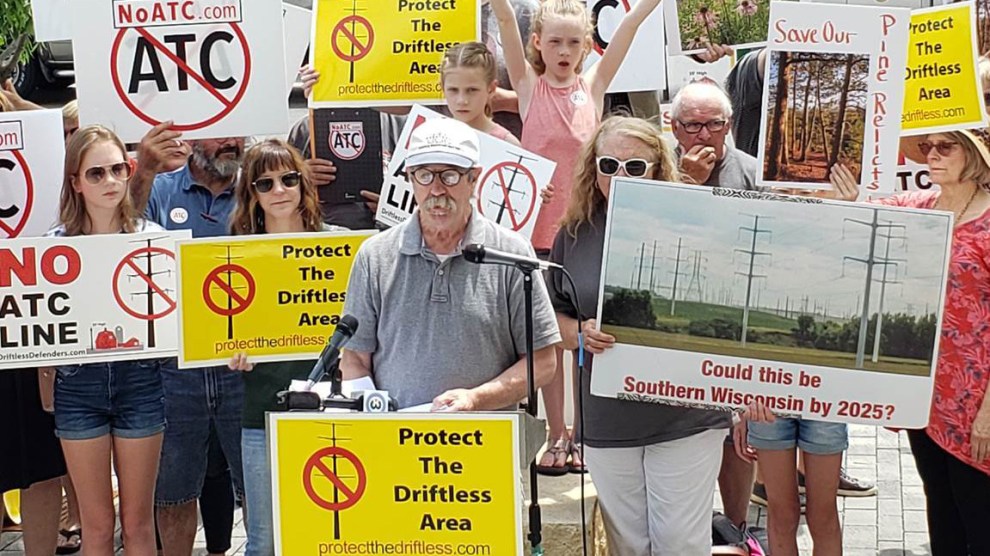It seemed to be a victory. Environmentalists, pediatricians, and consumer advocates calling for a ban on Dursban, one of the most widely used pesticides, spurred the Environmental Protection Agency to broker a deal in June to phase out over-the-counter sales for household uses. The voluntary agreement with a subsidiary of Dow Chemical Co. was prompted by evidence that hundreds of children are poisoned each year by the pesticide, which is currently used in more than 800 products ranging from flea collars to bug sprays.
EPA Administrator Carol Browner declared that the agency was “shutting off the manufacture of this chemical.” An Associated Press headline announced: “EPA to Ban Common Pesticide.” But a closer look at the deal reveals that the agency not only failed to ban Dursban, it did not recall the product already on store shelves. It also did nothing to limit the use of dozens of chemically related pesticides called organophosphates that are still on the market.
The deal allows Dow AgroSciences to continue making Dursban for residential uses until the end of the year and permits retailers to continue selling it until 2002. “The EPA has ruled that this compound is unsafe, but for the next 16 months you can walk into your local hardware store and buy it,” says Jay Feldman, executive director of a consortium of individuals and environmental groups called the National Coalition Against the Misuse of Pesticides. “The EPA won’t even require retailers to put up a sign so consumers will know about its concerns. And if a school custodian buys a 50-gallon drum of Dursban in 2001, he can continue to use it in the school cafeteria for years, perfectly legally.”
Although the deal limits the use of Dursban’s active ingredient on tomatoes, apples, and grapes, it allows Dow to make and market millions of pounds for use on strawberries, broccoli, corn, and other crops. That means farmworkers and their children face continued exposure to the pesticide, which can cause headaches, numbness, vomiting, and diarrhea. The EPA is also permitting the compound to be used on golf courses and sprayed over communities for mosquito control.
Moreover, the deal does nothing to protect consumers from nearly 40 other organophosphate pesticides that remain in use. These compounds are molecular siblings of nerve gas and work precisely the same way, inducing paralysis and death by disabling the nervous system. (Sarin, another organophosphate, was used by a Japanese cult to kill commuters on the Tokyo subway in 1995.) Dow and other pesticide manufacturers have long claimed that doses sufficient to kill bugs present no risk to humans. But based on scientific findings that children are especially sensitive to pesticide exposure, Congress ordered the EPA in 1996 to evaluate all pesticides by 1999. So far the agency has evaluated only two organophosphates in addition to Dursban — and found enough risk to children to restrict all three.
“The first three flunked,” says Richard Wiles, vice president for research with the Environmental Working Group, a nonprofit organization that focuses heavily on pesticides. “What does that say for all the others out there? The EPA has been saying all along this class of compounds is safe. But now they’re saying, ‘Oh, we’ve looked at the first three and discovered that none of them, not even the most heavily used one, is safe for kids at all. But don’t worry, now everything else is safe. Or at least, keep on buying them and using them around your house until we tell you later they aren’t safe.'”
Some health specialists say the organophosphates that remain on the market present a cumulative threat to children. David Wallinga, a physician specializing in pesticide problems at the Institute for Agriculture and Trade Policy, points out that a child can be exposed to a host of different organophosphates: one or more in a glass of apple juice, another on the dinner vegetables, another in the air of a treated school or daycare center, and still another on the dog’s flea collar. All of these, he says, are attacking the nervous system in identical ways, yet each is regulated as if it were acting alone.
For that matter, nothing in the EPA deal prevents another organophosphate from becoming the next Dursban, just as Dursban became the pesticide of choice after the EPA banned the cancer-causing insecticide chlordane in 1988. If the replacement is another organophosphate, researchers warn, the poisoning will likely continue.
In 1996 alone, 1,109 people reported being sickened by exposure to Dursban, and one person died. Some victims who are especially vulnerable to the pesticide suffer chronic problems ranging from learning and memory deficits to anxiety and fatigue.
Michael Eash was among them. When he entered a new school in North Wales, Pennsylvania, the six-year-old began to experience chronic diarrhea, headaches, and other symptoms of organophosphate poisoning. Luckily for him, his mother, Connie, is a pharmacologist who suspected organophosphate poisoning, which a blood test confirmed. Eventually, she persuaded the school to stop using Dursban, and Michael was able to return, but only after missing five months of school. Now 14, Michael continues to suffer from memory problems.
The EPA is explicit about the health risks posed by Dursban. So why phase it out so slowly? Browner called the compromise with Dow “the fastest possible action we could have taken” and said that going through the bureaucracy and lawsuits to impose an outright ban “would have taken years.” But critics like Feldman point out that the EPA could have used its emergency powers to ban and recall the product.
Despite its agreement to withdraw Dursban, Dow insists the pesticide is safe. It blasted the EPA study for containing “numerous errors and omissions of critical data, which skew the assessment’s findings and artificially inflate its estimates of risk.”
Since Dow can continue to market the pesticide for agricultural uses, the agreement is projected to cost the company only 15 percent of its $350 million in annual sales of the chemical. Further, it can continue to market the product freely overseas, without the stigma of an outright EPA ban.
Some consumers, meanwhile, responded to the EPA announcement with paradoxical alarm: Days after the deal was announced, one New Jersey daily newspaper reported that gardeners in the Garden State were buying up stockpiles of Dursban in advance of the day it will no longer appear on store shelves.















